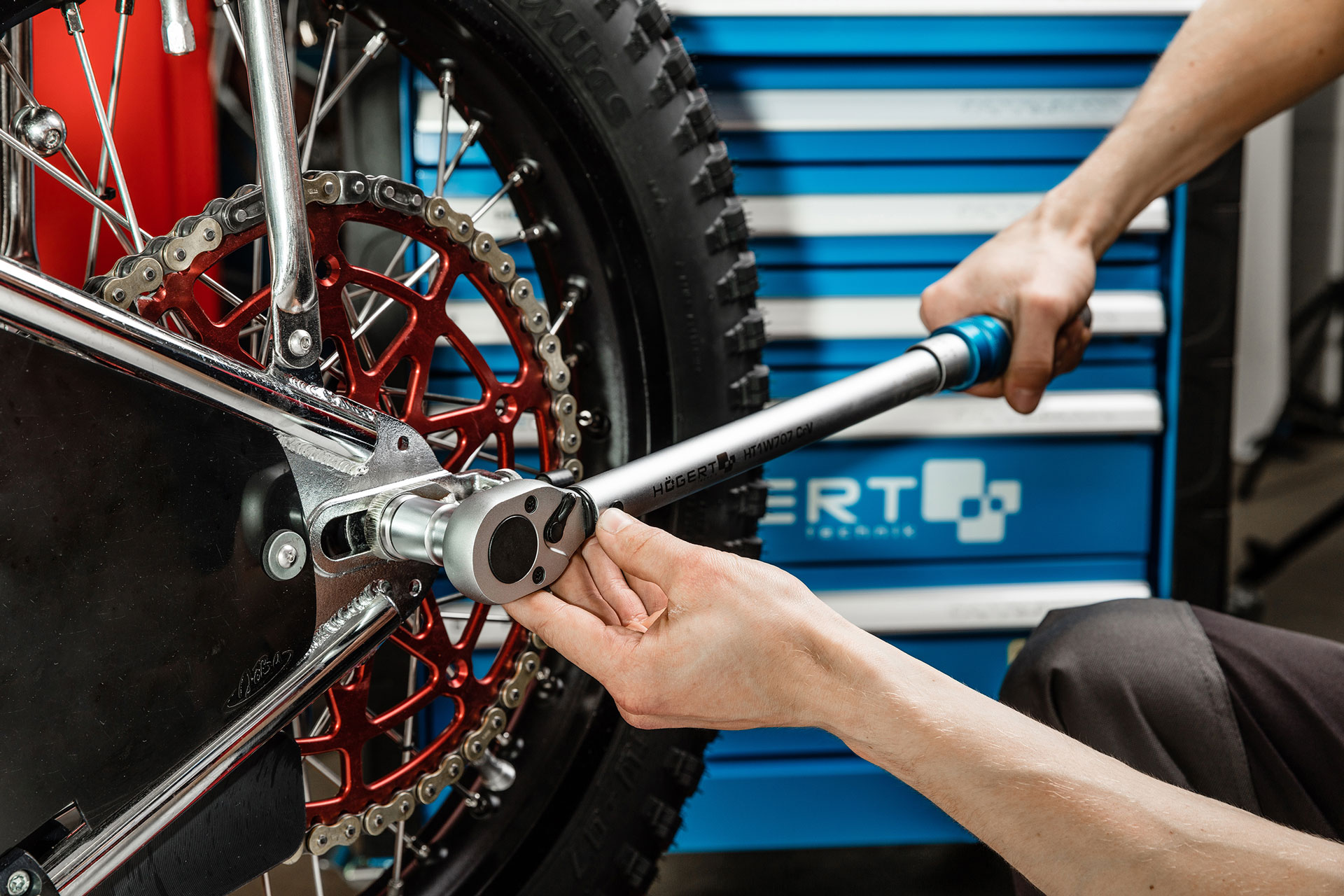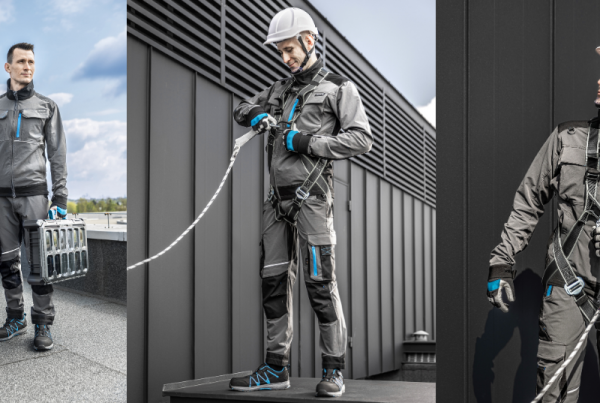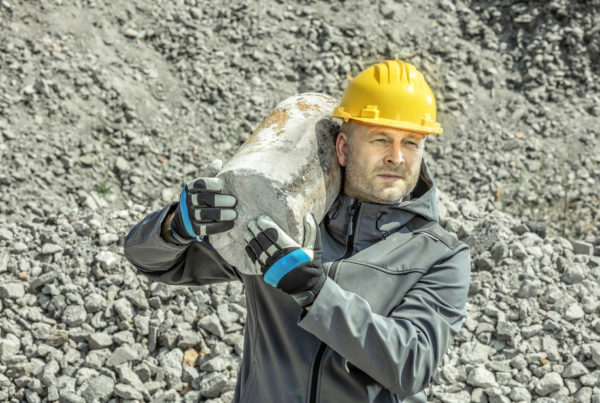One of the many tools necessary in a workshop is a torque wrench that makes it possible to tighten bolts and nuts with a specific force. However, not
everyone knows how to properly calibrate, use and maintain the wrench.
When buying in a hurry or even by the Internet, we do not always have time and opportunity to get all answers to our questions from a seller. Lack of proper knowledge about such specific wrenches as torque wrenches may
result in their damage or even complete destruction. When tightening bolted connections, we use our own experience and intuition, which often lead to over-tightening and damage to the bolt. It is worth becoming familiar with a few rules for using, maintaining, and calibrating torque wrenches.
Calibration certificate
When purchasing a torque wrench, special attention should be paid to the calibration certificate or possibly the certificate of compliance with the ISO 6789 (the latest version from 2017). It is the responsibility of each torque wrench manufacturer to issue a certificate or a certificate of conformity. We can also apply for a calibration certificate from an accredited laboratory, i.e. the accreditation of the Polish Centre for Accreditation (PCA). Additional calibration with PCA always requires additional financial costs for the manufacturer, but it gives users the assurance that the product meets all the requirements of the standard and we can use it safely. A torque wrench that does not have any certificate, certificate of compliance with the standard or calibration certificate should not be bought.
Wrench measuring range
The applicable ISO standard strictly specifies the calibration of mechanical wrenches in the range from 20 to 100%. And thus: the wrench up to 100 Nm should start the measurement not lower than from 20 Nm, the wrench up to 400 Nm not lower than from 80 Nm, and up to 1000 Nm it should start the measurement no lower than from 200 Nm, etc. Electronic wrenches should be calibrated in range from 10 to 100%, that is, for example, 10-100 Nm, 40-400 Nm, 100-1000 Nm, etc. The measuring range of the torque wrench should always be in accordance with the guidelines of the standard. You should always pay attention to whether the manufacturer follows the specified standards.

Loosening the mechanism of a mechanical torque wrench
After using the mechanical torque wrench its mechanism should always be loosened. Failure to do so after each use of the wrench is one of the most common causes of damage to the tool. The spring of the mechanism fails, which leads to the loss of accuracy of the wrench. We should never leave the wrench with the set torque value, because the multiple repetition of the process leads to the inability to correct the measurement error that occurs during the calibration process.
Loosening connections with a torque wrench
One of the most common mistakes made is the use of torque wrenches not only to tighten connections, but also to loosen them. If the wrench also works counterclockwise, when loosening the connection, the maximum torque value should be set on the wrench. Stronger torque force should not be applied to the wrench if loosening is not possible after reaching the maximum torque value. Extensive use of torque wrenches to loosen connections results in irreversible malfunction of the mechanism. To avoid serious damage of the tool, you should always remember to use a torque wrench correctly.

Regular calibration
An important aspect is the regularity of the calibration of the torque wrench. This operation should be performed on average every 12 months. In the case of electronic wrenches, it is possible to save the reminder after 5000 cycles. In this case, when purchasing the wrench, you should ask for the program for communicating with the wrench and the service password. If a measurement error or deviation from the assumed standard is detected, we will not adjust the electronic torque wrench without a program and password. Both mechanical and electronic wrenches should be calibrated regularly. This action serves for long-term and error-free operation of the tool, without the risk of quick damage.
To conclude, it should be added that the most important issue is the individual registration number of a wrench. When buying a wrench, you should check if this number is put on the tool, usually it is embossed in a visible place. It is a unique number and it gives us a guarantee of the received calibration certificate for this specific product. The same registration number should also appear on the certificate attached to the wrench. Remember to check the number on the torque wrench and on the calibration certificate.




